
TailAd - Tailoring adhesion
The TailAd project will develop new characterization methods utilizing advanced instrumentation that will provide the capabilities to study adhesion characteristics of paints in much greater detail.

The TailAd project will develop new characterization methods utilizing advanced instrumentation that will provide the capabilities to study adhesion characteristics of paints in much greater detail.

The main goal of MARINAL is to strengthen and extend the use of aluminium alloys in marine applications.

The objective of the project is to get rid of a waste challenge and at the same time create products of value, demonstrated at pilot scale. In addition, the effect of circularity in quantification of sustainability is studied.
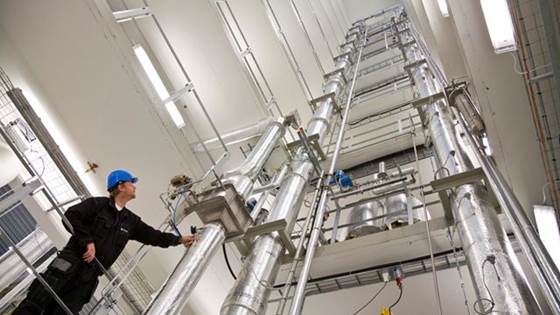
The main goal of the IntoWell project is to develop cost-effective and robust CO2 injection wells for carbon capture and storage (CCS).
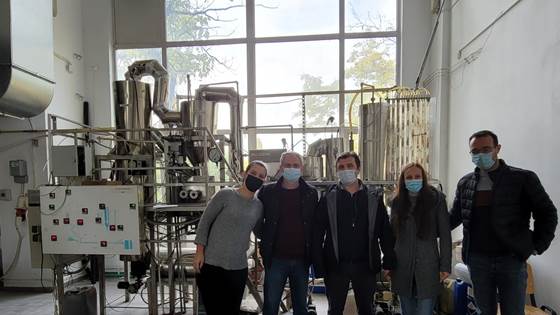
CO2-Hybrid is focusing on the demonstration of next level CCS technologies in major CO2-emitting industries. The main objective of CO2-Hybrid is the scale up and demonstration of a hybrid solution based on a membrane pre-concentration step and...

The FlexiMan Project is an industrial-driven research project aiming to redesign the existing manufacturing chain of maritime spare parts.
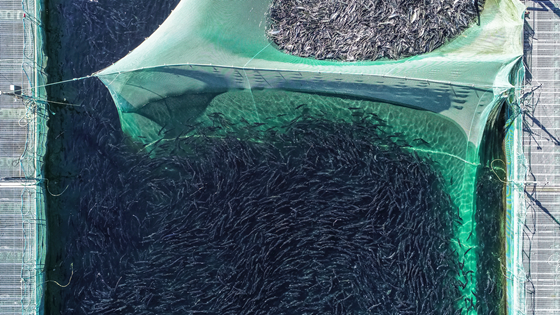
The objective of NYMPH project is to develop novel membranes for wastewater treatment with improved antifouling characteristics and high separation performance compared to the state-of-the-art membranes. The lower fouling would result in reduced...
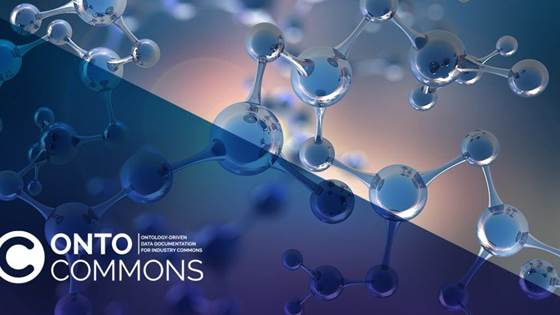
OntoCommons is an H2020 CSA project dedicated to the standardisation of data documentation across all domains related to materials and manufacturing.
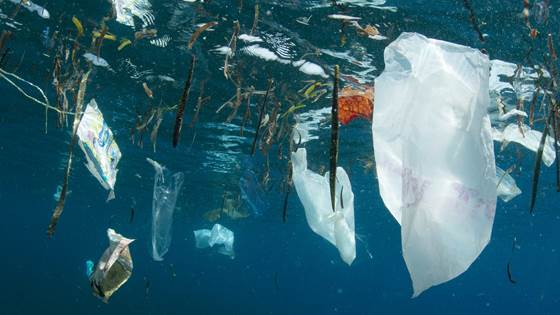
In-No-Plastic’s goal is to develop and demonstrate nano-, micro, and macro-plastic clean-up technologies in the aquatic ecosystems.
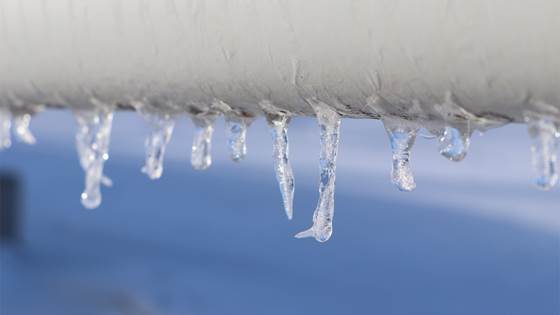
Ice formation and accretion present serious, sometimes catastrophic, safety issues in industrial applications where the use of composite components has already become common, e.g. wind turbine blades, aircrafts, UAVs, but also in the case of electric...

The AluBridge project will map relevant design solutions for the use of aluminium in bridges. Different solutions will be tested in terms of feasibility, capacity, stability and cost-effectiveness.
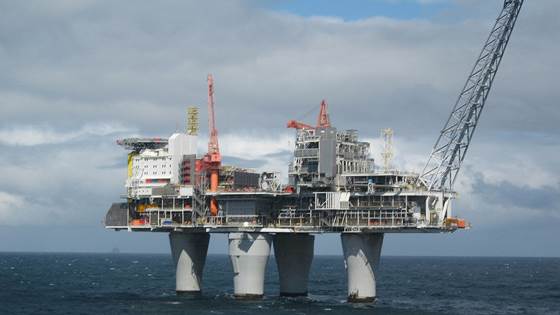
The goal of the LORCENIS-NOR project is to communicate recent achievements on enhanced concrete with an extended service life to Norwegian stakeholders in the market. Through advanced concrete technology, we have developed advanced functional...

The OntoTrans project responds to the need of industry to respond to manufacturing challenges more efficiently by accessing the relevant information and utilising materials modelling more effectively. In particular, there is a need to strengthen the...

CO2 EPOC is a knowledge building project that aims to create knowledge on the compatibility between polymeric materials and CO2 streams to aid proper selection of polymer-based materials across the CO2 transport infrastructure (pipelines and ships...

The FlexSi project will generate new knowledge on solidification and microstructure of ferro-alloys. FlexSi project will develop innovative magnesium treatments by optimizing the material microstructure leading to increased productivity in the...
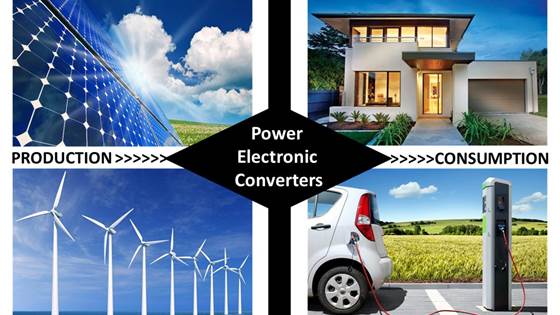
The aim of the GO2DEVICE project is to develop a new transistor for use in the power electronics sector, which has the potential to become faster, smaller and operate at higher power than existing options. Power electronics (PE) play an important...
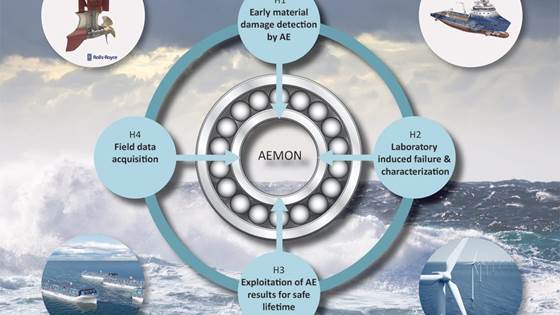
Gear systems are critical in maritime vessels and wind turbines, and damage of components in these systems may lead to catastrophic and costly failure. Today, gears and bearings are often monitored by frequent inspections and manual condition...

Hydrogen, the most abundant chemical substance in the universe, may, as an energy carrier hold the key to the inevitable and needed transition from fossil fuels to renewable energy. Together with Norway's important role as a major energy provider in...